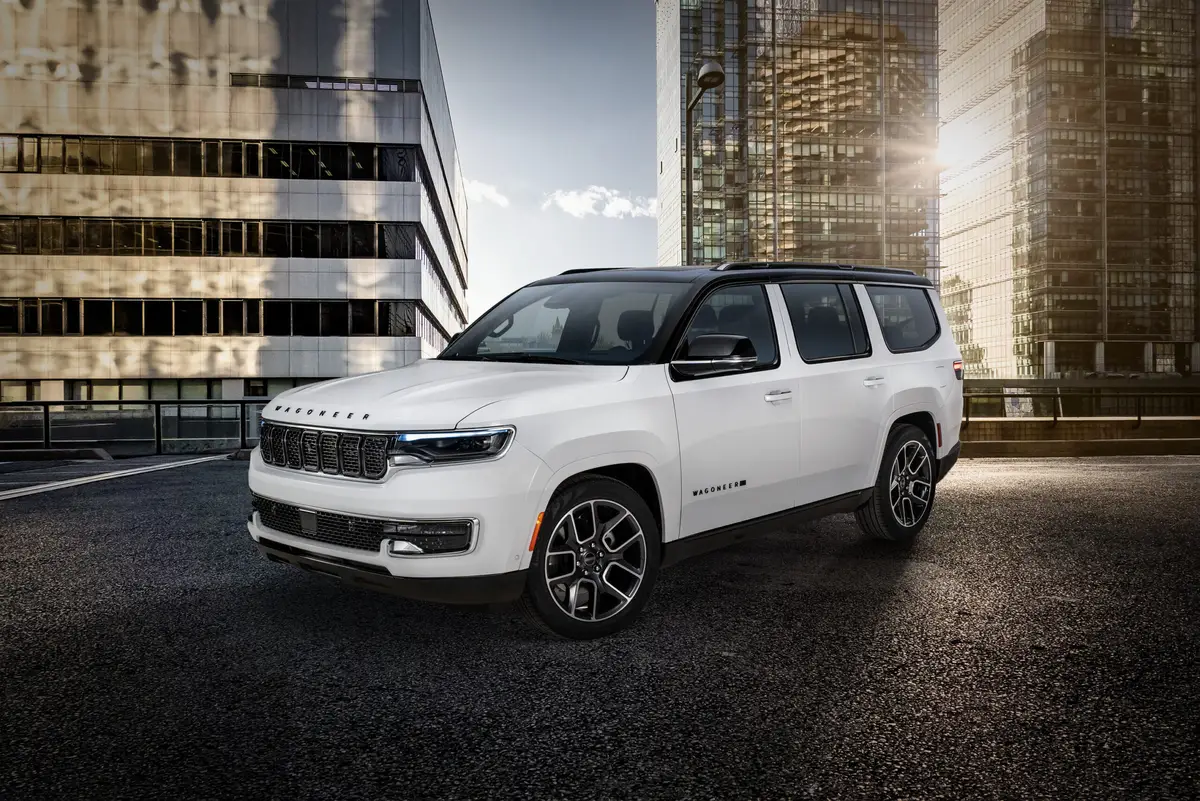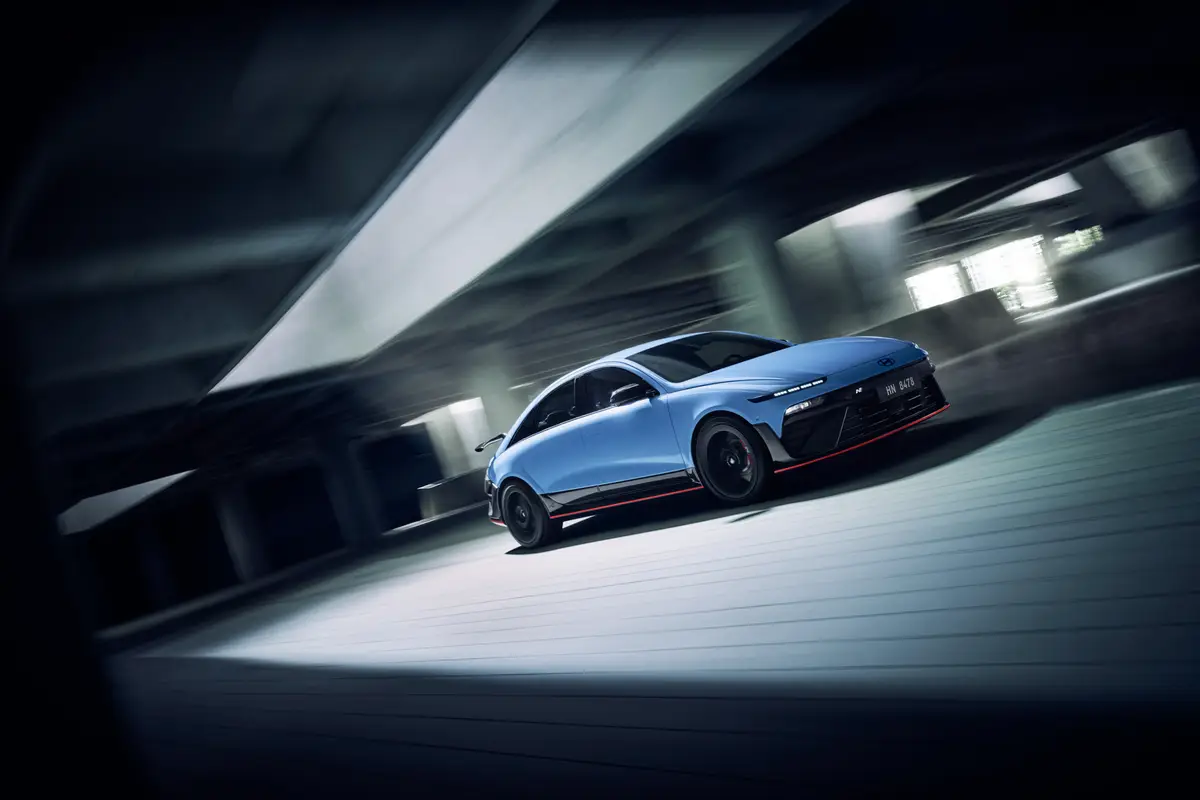Boston.com's view
LOS ANGELES — After just one day of driving the 2006 Ford Fusion in highway traffic, through small towns, and up and down winding valleys between ocean and inland, it’s safe to say: This bold new sedan is the best car, at its price (and even compared to many at higher prices), that an American car company has produced in some time.
It is a tight, powerful, economic execution (prices ranging from about $18,000 to $23,000) with the taut construction and refined interior that are trademarks of some of the best European sedans. It will be available at the end of this month.
And unlike many Asian competitors, it is also, in V-6 mode, an absolute blast to drive — substantial in its feel, dead-on in its steering (with minor torque pull from its front-wheel-drive system), plenty powerful at 221 horsepower, and blessed with a smooth, six-speed automatic transmission that could help it deliver an estimated 29 miles per gallon on the highway.
Make no mistake. This is a very important vehicle for Ford Motor Co. When a top creative mind at Ford says the launch of an all-new Ford sedan is as important as last year’s successful redesign of the F-150, the world’s best-selling pickup, the company shoulders a big burden.
And when he tells you this is the most important car since the mid-’80s launch of the Ford Taurus, the company acknowledges that, well, sometimes what seem like great ideas just don’t pan out. The Taurus, which this car replaces, never gained the respected place in the marketplace of such competitors Toyota Camry and Honda Accord.
But Phil Martens, group vice president for product creation at Ford, boldly acknowledged the danger of the challenge at the introduction of the Ford Fusion sedan here recently.
And inside, it is rivaled among American-made cars only by Cadillac. It sits atop a stretched-out Mazda6 platform, and while the front remains quite roomy, the added length that went to extra legroom in the back gives rear-seat passengers the feel of riding in a much larger car.
The leather seats in our test model were firm and broad. Rear seats fold. The deep-grained dash, steering wheel, and door panels are of a soft-touch, faux leather material that gives cars such as the Volkswagen Jetta an interior-bang-for-the-buck appeal that has helped make VW an industry standard.
The dash, with center clock on a control pod featuring big, easy-to-use knobs and buttons for climate and sound, is a slick, techno affair with glossy touches of trim that, in other cars, is often replaced with flat and cheap-looking plastic.
It looks a bit like a Jetta from the side with a dipping nose, sharply raked windshield, big greenhouse of glass, and sharply humped, short trunk. Its most distinctive trait is a three-slat, shining grille stretching out to sharply shaped projector beam headlights. That package sits atop a lower fascia with two gleaming slats that reach toward inset lower fog lamps. On the road, it was remarkably quiet, holding off not only the sound of its own engine, but also blocking out the noise from passing and tires, even on the coarsest of roads.
Its engine used its 3.0 liters to achieve a power range that a Ford engineer said was higher than even Ford expected. It climbed steep hills easily, accelerated smoothly in some very fast California traffic, and ran quietly all the while. A four-cylinder, 2.3-liter, 160-horsepower option is available.
If there was a flaw, it was a bit of lag in response if the accelerator was basically stomped. Yet, a smooth, steady, rapid push of the accelerator provided a smooth, steady, rapid burst of speed. So who’s going to the drag strip, anyway?
The transmission wound nicely toward top rpms, shifting each time somewhere just above 6,000 rpms, when the full tug of torque seemed ready to run out.
In cornering, the Fusion was a rigid, flat vessel, suggesting only a hint of understeer and clinging to winding roads through the mountains as we dropped down toward the Pacific Ocean.
Ford launched a broad marketing campaign for the Fusion, beginning even before the first car was built. There are internet promotions, ”surprise” concerts around the country (with only those who visit Ford’s website getting advance notice), and a critical tie to NASCAR, where the car will be Ford’s entry next year.
There will also be several models of the Fusion on display at November’s Special Equipment Marketing Assn. annual convention. These will be hot, customized, tuned cars meant to show just how far a buyer could take his or her Fusion down the creative highway.
And coming in the years ahead will be an all-wheel-drive Fusion, a hybrid gasoline-electric Fusion, and — be still my heart — a Ford Special Vehicle Team Fusion that, like all SVT products, will probably be a road monster.
With only a handful of options — the V-6, leather seats, moon roof, upgraded sound, thorax and side air bags among them — at the top end the vehicle comes in $3,000 to $6,000 less than loaded-up Accords or Camrys.
It’s not a line I’ve written in my years on this job, but I can write it today: If you are looking at a Camry or an Accord or a Volkswagen Jetta or a Nissan Altima, add a Ford to your shopping list for an infusion of American car-building at its finest.
Latest news



